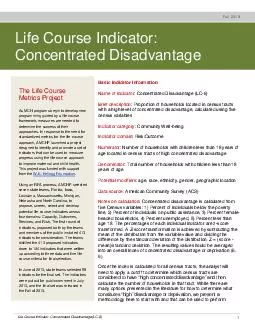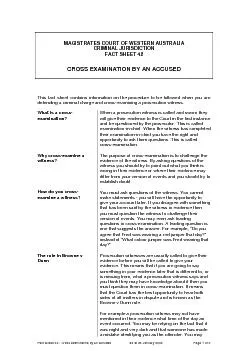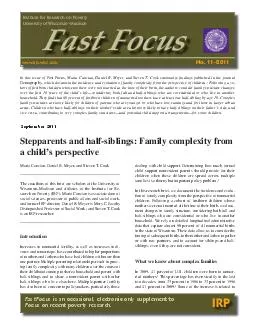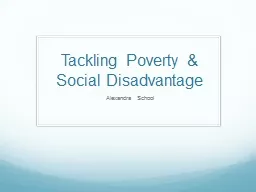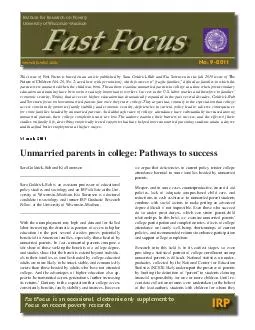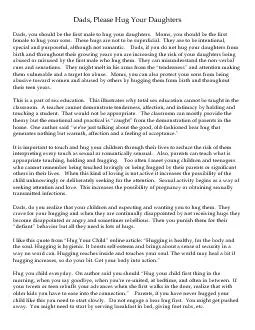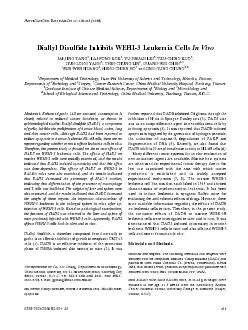PDF-IRP-Morgridge Fact Sheet #4: Young Dads and Disadvantage SourcesBerger
Author : celsa-spraggs | Published Date : 2016-03-10
In Their Own Words Disadvantaged Dads David J Pate Jr a professor at the University of Wisconsinx2013on disadvantaged fathers in Milwaukee The men he interchildren
Presentation Embed Code
Download Presentation
Download Presentation The PPT/PDF document "IRP-Morgridge Fact Sheet #4: Young Dads ..." is the property of its rightful owner. Permission is granted to download and print the materials on this website for personal, non-commercial use only, and to display it on your personal computer provided you do not modify the materials and that you retain all copyright notices contained in the materials. By downloading content from our website, you accept the terms of this agreement.
IRP-Morgridge Fact Sheet #4: Young Dads and Disadvantage SourcesBerger: Transcript
Download Rules Of Document
"IRP-Morgridge Fact Sheet #4: Young Dads and Disadvantage SourcesBerger"The content belongs to its owner. You may download and print it for personal use, without modification, and keep all copyright notices. By downloading, you agree to these terms.
Related Documents


